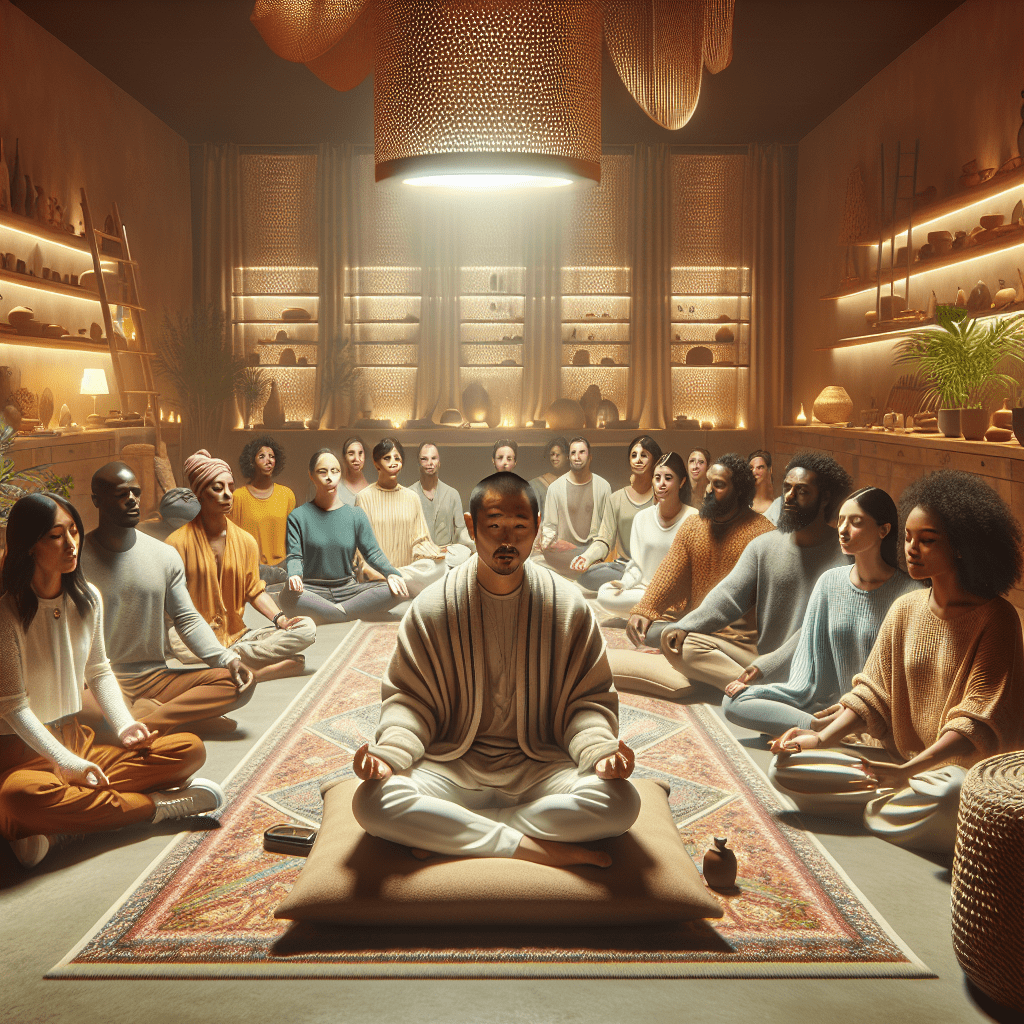
Prioritize your mental well-being daily. Enhance your life by nurturing your mental health with the Smart Meditation app. Break free from stress, alleviate anxiety, and enhance your sleep quality starting today.
Karate
The Art of Karate: More Than Just Kicks and Punches
When you hear the word “Karate”, your mind might immediately jump to scenes of high-flying kicks and powerful punches, a martial arts dojo filled with the sound of kiais (shouts), or perhaps the iconic “wax on, wax off” instruction from a certain beloved film. Yet, karate is a deep well of tradition, discipline, and a fascinating blend of physical and mental fortitude. Dive into the heart of karate, and you’ll find there’s a lot more to this martial art than meets the eye.
A Blend of Mind and Body
Karate, a martial art that originated from the Ryukyu Kingdom (now part of Japan), has been a figurative bridge between physical prowess and mental discipline for centuries. At its core, karate is not just about learning how to defend oneself; it’s a holistic approach to the development of character, the cultivation of peace, and the pursuit of excellence in all aspects of life.
Karate-Do: The Way of the Empty Hand
One of the most profound aspects of karate is encapsulated in the name itself. “Kara” means empty, “te” means hand, and “do” translates to the way or path. Together, “Karate-Do” symbolizes the journey of self-discovery and improvement through the way of the empty hand, implying not only the unarmed nature of the practice but also the openness required to learn and grow.
The Five Maxims of Karate
In the dojo (training hall), karatekas (practitioners of karate) are introduced to the Dojo Kun, ethical precepts that guide their conduct both within and outside the dojo. These maxims are not just rules but a way of life, emphasizing respect, courage, honesty, humility, and restraint. By adhering to these principles, karatekas strive to achieve a balanced and harmonious existence.
Kata and Kumite: The Pillars of Practice
Karate training is divided into several components, with kata and kumite being the most prominent. Kata are choreographed patterns of movements that simulate combat against multiple attackers, serving as a method to practice form, technique, and the flow of energy. Kumite, or sparring, is the application of these techniques in a controlled environment, allowing karatekas to test their skills, reflexes, and strategic thinking against an opponent.
Beyond the Dojo: Karate in Modern Times
Karate has gained immense popularity worldwide, leading to its inclusion in various competitive arenas, most notably the Olympics. However, the essence of karate transcends competition. For many, it’s a lifelong journey of self-improvement, a way to cultivate physical health alongside mental and spiritual well-being.
With the global interest in mindfulness and self-discipline on the rise, karate offers a unique combination of physical exercise and mental training. Its principles can be applied to everyday life, helping individuals tackle challenges with grace and resilience.
In a world that’s constantly racing, taking up karate might just be the pause button you need. It’s not merely about learning how to fight but about mastering the art of living. Whether you’re looking to boost your physical fitness, gain a new skill, or find a meditative practice, karate welcomes you with open hands.
So, why not step onto the mat and embark on a journey that promises more than just self-defense? Discover the depth and richness of karate, and let this ancient art transform you from the inside out. After all, as the saying goes in the martial arts world – the only person you are destined to become is the person you decide to be.





